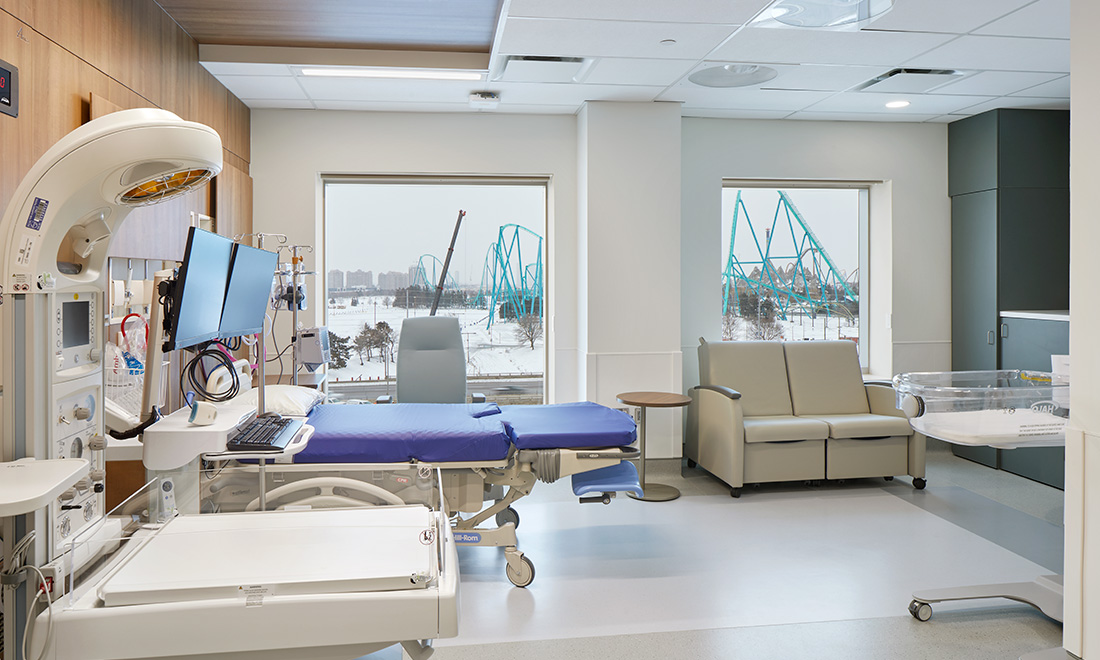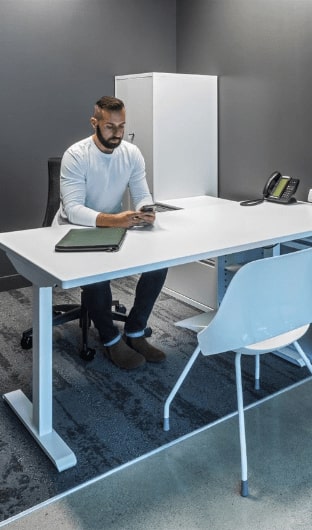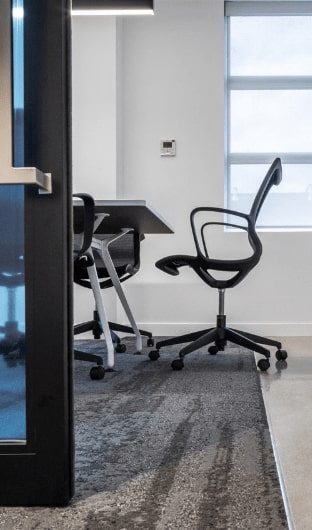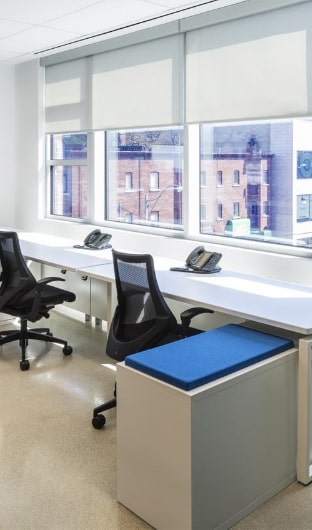
Creating An Effective Healthcare Space: Hospital Furniture Design
When designing a healthcare space, hospital furniture design plays a crucial role in ensuring the comfort, safety, and well-being of both patients and healthcare providers. The design of hospital furniture needs to be carefully considered to meet the functional needs of the healthcare space while also creating a welcoming and comfortable environment. This article aims to provide an overview of the importance of hospital furniture design in creating an effective healthcare space. It will explore the factors that need to be considered when designing hospital furniture, and will discuss the role of ergonomics, safety, and comfort in hospital furniture design.
Understanding the Needs of Patients and Healthcare Providers
Healthcare designers play a crucial role in creating hospital environments that are conducive to healing and recovery. One important aspect of this process is understanding the needs of both patients and caregivers. Patients require a comfortable, safe, and calming environment where they can rest and recuperate. Factors such as comfort, functionality, and ease of use, besides others, play an important role in ensuring that patients can rest and recover in a peaceful environment.
Caregivers, on the other hand, require spaces that are functional and efficient. Healthcare designers must ensure that the layout and design of hospital spaces support the work of caregivers, making it easier for them to provide the best possible care to patients. By understanding the needs of both patients and caregivers, healthcare designers can create environments that enhance the healing process and promote positive health outcomes.
Important Factors When Designing Hospital Furniture
Comfort: Patients and healthcare providers spend a lot of time in hospitals, so it’s imperative that furniture is designed with comfort in mind. This includes factors such as the shape and size of chairs and beds, the materials used, and the adjustability of different parts of the furniture.
Durability: Hospital furniture needs to be able to withstand heavy use and frequent cleaning. Materials that are easy to clean and disinfect, such as vinyl and metal, are often used for this reason.
Mobility: In an emergency, hospital furniture needs to be easily moved to make room for equipment or to transport patients. This means that furniture should be lightweight, with wheels or other features that make it easy to move.
Safety: Hospital furniture should be designed with utmost safety in mind. Hospital furniture design should keep in mind features such as rounded edges to prevent injuries, non-slip surfaces to prevent falls, and locking mechanisms to prevent accidental movement.
Functionality: From providing a comfortable place for patients to sit to serving as a work surface for healthcare providers, hospital furniture serves a variety of functions. This means that hospital furniture should offer flexibility and can be easily adaptable to different needs and situations.
Ergonomics In Hospital Furniture Design
Ergonomics is a crucial consideration in the design of hospital furniture as one size doesn’t fit all. Caregivers, patients, and visitors spend long hours in hospital environments, and the furniture they use must be designed to promote optimal comfort and functionality. The importance of ergonomics in hospital furniture design cannot be overstated, as it can have a significant impact on patient outcomes, staff productivity, and overall hospital efficiency.
One key aspect of ergonomics in hospital furniture design is the prevention of musculoskeletal disorders (MSDs), which are common among healthcare workers. By designing furniture that is adjustable and accommodates a range of body types, hospital staff can work more comfortably and with less risk of injury.
Additionally, hospital furniture should be designed to ensure utmost comfort for patients whether it is furniture for waiting rooms, patient rooms, exam rooms, and others. This will help patients and visitors feel less anxious during their visit, and improve overall experience.
Safety In Hospital Furniture Design
Designing hospital furniture with safety in mind is another important consideration. Patients, especially those who are ill, injured, or elderly, are vulnerable and require safe and secure furniture to aid in their recovery and improve their overall comfort. Hospital furniture that is improperly designed can cause injury, infection, and even death.
One of the most critical aspects of hospital furniture design is patient mobility. The furniture must be designed with the patient’s mobility in mind. This includes features such as adjustable height, easy-to-use controls, and proper cushioning to prevent pressure sores. The design must also account for the patient’s size and weight, as well as any mobility aids they may be using.
Hospital furniture should also be designed to prevent the spread of hospital-associated infections (HAIs) since the environment is an optimal place for germs and microorganisms to breed. This means using materials and fabrics that can be easily cleaned and disinfected, as well as design features that prevent the accumulation of dirt and bacteria.
In conclusion, effective hospital furniture design plays a vital role in creating a healthcare space that is functional, safe, and comfortable for both patients and healthcare providers. Hospital furniture needs to be designed to meet the unique needs of the patients and healthcare providers who use it. Proper hospital furniture design can help to reduce the risk of injury and infections, improve patient outcomes, and create a more welcoming environment that promotes healing and well-being.
Connect with Harkel Office – a leading healthcare furniture dealer in Ontario to transform your healthcare space with our design experts.





